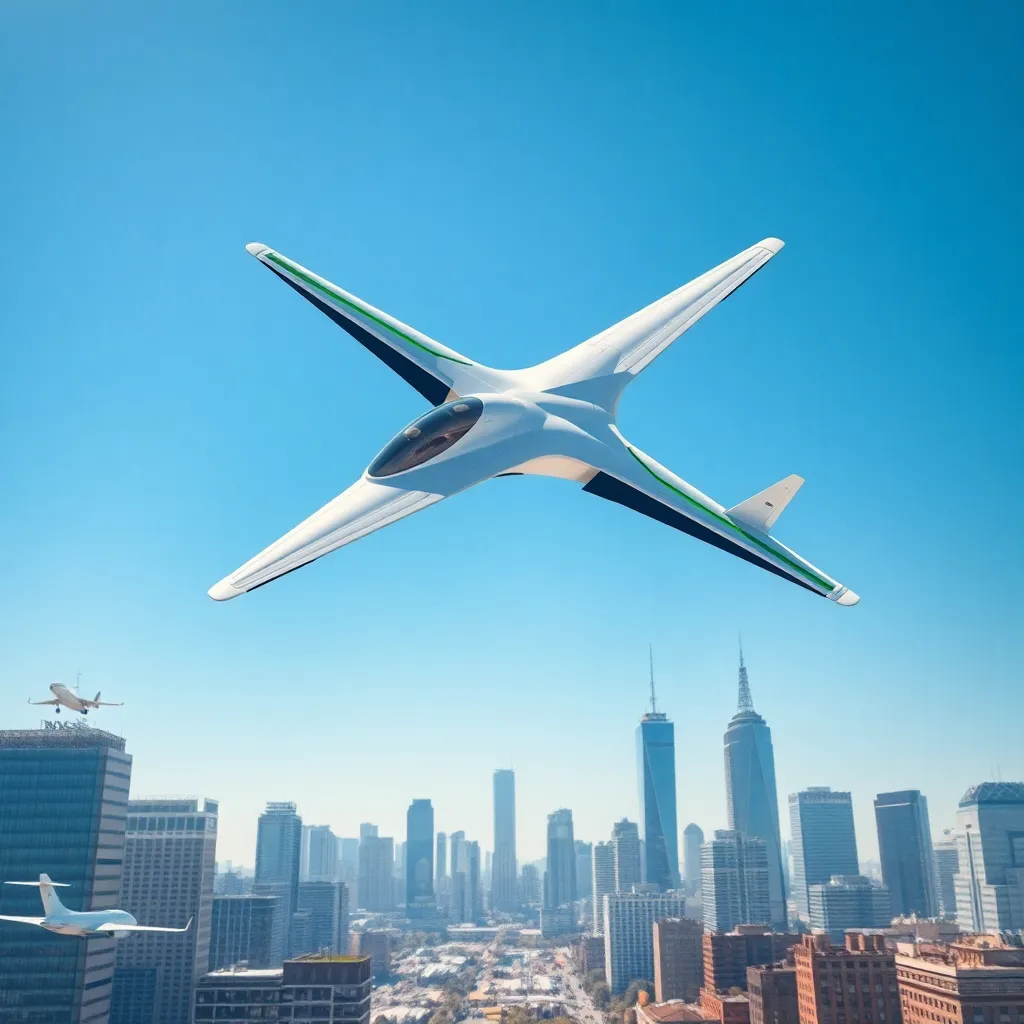The Electric Aircraft Dilemma
London, England
In a world increasingly concerned about climate change and the environmental impact of traditional aviation, the dream of electric aircraft is taking flight—albeit with a few hiccups. While the promise of quiet, emission-free travel has captured the imagination of many, the reality is that the makers of this new generation of European electric aircraft are finding it as difficult as teaching a cat to fetch to raise the necessary funds.
It seems investors are more interested in the latest app that helps you find the nearest avocado toast café than in backing the future of aviation. “We thought we’d have no trouble finding investors, especially with climate change being all the rage, but apparently, everyone is more focused on their next TikTok dance challenge than flying green,” said one frustrated executive at a startup in Berlin.
What’s the Hold-Up?
The reasons behind this reluctance are as varied as the flavors of ice cream at your local parlor. First off, electric aircraft technology is still in its infancy. While the concept sounds delightful—think of flying around in a sleek, whisper-quiet pod powered by batteries—the reality is that current battery technology is about as reliable as a chocolate teapot.
With battery life still struggling to keep up with good old-fashioned jet fuel, many potential investors are left scratching their heads, wondering whether they should invest in electric aircraft or just stick to their gas-guzzling SUVs. One venture capital firm, which shall remain nameless (but rhymes with ‘Fool’s Gold’), recently turned down a pitch for an electric aircraft, stating, “We’d rather invest in a startup that promises to deliver pizza by drone. At least we know everyone loves pizza!”
The Competition Heats Up
Meanwhile, traditional aircraft manufacturers are not sitting idly by, sipping lattes and watching the world burn. They are investing heavily in hybrid technology, which combines the best of both worlds—fuel power and electric propulsion. Companies like Boeing and Airbus are diving headfirst into research and development, fueled by the fear of being left behind in the electric revolution.
In a bizarre twist of fate, a recent study revealed that some consumers might still prefer conventional aircraft due to their nostalgic value. A seasoned traveler was overheard saying, “There’s something comforting about the smell of jet fuel and the sound of screaming babies. It feels like home!”
The Oscars of the Skies
As the electric aircraft race unfolds, it has drawn comparisons to the film industry’s awards season. Just as the Oscar nominations create buzz and excitement, the competition among electric aircraft makers has reached a fever pitch.
With names like the Anora SkyJet and the Blitz Air Cruiser vying for attention, it’s only a matter of time before filmmakers cash in on this trend. We can already predict the first Oscar-nominated documentary titled Soaring Green: The Electric Flight Revolution. Rumor has it that Leonardo DiCaprio is attached to the project, which will inevitably include a segment on how he saved the world one electric flight at a time.
Public Perception: To Fly or Not to Fly?
Public perception will play a crucial role in the acceptance of electric aircraft. The general populace needs to be convinced that flying in an electric plane is as safe as taking a bus. Unfortunately, a recent survey revealed that most people would trust a random guy in a van offering free candy more than an electric airplane designed by engineers in lab coats.
One poll respondent exclaimed, “I’d rather swim with sharks than fly in an electric plane! What’s next? A car powered by dreams and glitter?”
The Future is Bright… and Electric?
Despite these setbacks, the future of electric aviation might be brighter than it appears. As technology improves and battery life extends, the electric aircraft dream could very well become a reality. Environmental regulations are tightening, and consumers are starting to demand greener options.
In response to these trends, a group of European aviation startups have banded together to create an industry consortium called ‘EcoFlyers United.’ Their mission? To make electric flying as common as shopping for groceries at your local supermarket. “If we can convince people to ditch their loyalty cards and opt for loyalty to the planet, we might just have a shot,” said a spokesperson for the consortium, while standing in front of a prototype that looked suspiciously like a large drone with wings.
Conclusion: The Sky’s the Limit
As the race for electric aircraft continues to unfold, one thing is clear: the stakes are high, the competition is fierce, and the challenges are as daunting as trying to keep a straight face while watching a cat video. Whether these ambitious projects will take off or remain grounded remains to be seen. But if we’ve learned anything from the film industry, it’s that with enough determination, even the most underdog electric aircraft can land an Oscar—or at least a decent spot in the skies over Europe.
So, buckle up, folks! The future of flying is just around the corner, and it might be powered by a battery that lasts longer than your last relationship. The sky might not be the limit after all—who knows, we may soon be flying to our destinations in style and without a hint of emissions. Now, wouldn’t that be a flight worth taking?
